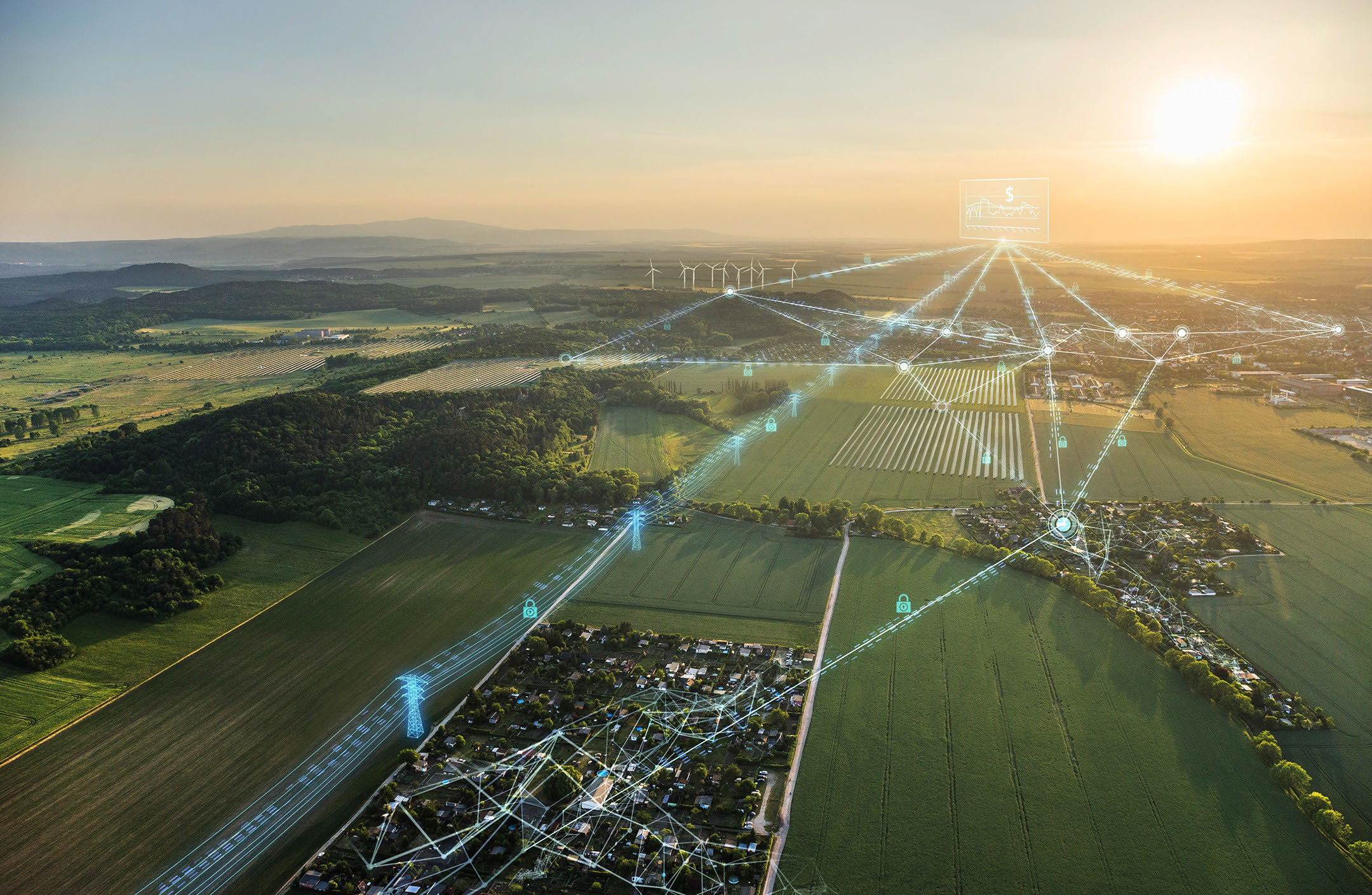Reduce the carbon footprint of manufacturing with artificial intelligence

Artificial intelligence has been gradually making its way into a wide variety of industries, everything from portable electronics to multi-million square foot factories. But one area that the usage of increasingly power-hungry AI might seem at odds with is decarbonization and the move toward global, sustainable practices. However, a closer examination reveals that AI may have just as much, if not more, to offer to the sustainability sector as it does to any other. The modern manufacturing ecosystem is a perfect example of a complex and interconnected problem for AI, with detailed data available from individual machines to entire global value chains spanning multiple companies. While this valuable data presents great opportunity to improve efficiency and sustainability across the board, analyzing and acting on the data in a timely manner is beyond the scope of what traditional methods can achieve – which is where AI comes in.
An important step in reducing the carbon footprint of manufacturing is understanding where emissions come from. While scope 1 and 2 emissions are fairly easy to account for, being the emissions directly released during manufacturing and the emissions from purchased power, respectively, accurately tracking the rest of the emissions in scope 3 is a far more difficult task. Unlike the relatively constrained scope 1 and 2, scope 3 emissions include all indirect emissions across a products entire supply chain and lifecycle. A modern product could be comprised of hundreds of parts sourced from just as many vendors. Tracking the emissions associated with each part including logistics and end-of-life handling is a truly Sisyphean task using traditional methods. Adding AI into the equation, however, presents a potentially viable solution. Nearly all of the relevant data is already tracked, but it is siloed in a vast web of information, making it difficult to analyze and act on. Leveraging artificial intelligence’s unparalleled ability to collate and analyze complex datasets and provide succinct analysis could allow companies to gain an accurate measurement of their total emissions. Once total emissions are accurately tracked, it becomes much easier to find the area’s most in need of improvement as well as tracking how seemingly sustainable changes impact the supply chain.
Identifying and tracking different emissions sources is important, but without a way to address those emissions, the process ultimately has limited value. For a manufacturer digitalizing their workflow, AI enables a plethora of potential assistance as well. Similarly, to how AI can be used in analyzing the complex information required to track scope 3 emissions, it can also be trained to track the voluminous data streaming off a production line or out of a factory. An AI trained on production data within a comprehensive digital twin of the facility, with continuous monitoring, allows for a more aggressive level of optimization than is possible manually. AI-based control systems can then maximize both production and energy efficiency in real time based on available resources, demand, and maintenance needs, ensuring both energy and material waste is minimized. Efficient maintenance can also be enabled by AI in the form of predicative maintenance. By analyzing key indicators and usage data, an AI system can determine exactly when a system requires maintenance, preventing both excessive downtime, wasted trips, and potential environmentally harmful releases of chemicals or other greenhouse gasses caused by a failure.
Finally, thanks to its ability to create an interconnected global ecosystem for manufacturing and tracking of scope 3 emissions, AI is a key component in enabling the circular economy and the sustainability benefits that entails. Building on the idea of minimizing scope 3 emissions, a circular economy designs products to be sustainable across their entire lifecycle. Crucially, this includes the environmental impact of transporting and sourcing parts from 3rd party vendors as well as how a product will be handled at end-of-life, such as recycling or reuse. Since building products with these additional sustainability factors in mind on top of existing design requirements presents a substantial challenge, designers are turning to AI-powered MBSE to help balance complex design requirements with important sustainability factors. To find out more about the benefits of a circular economy, check out this blog post on the topic.
There is no single solution or quick fix to the climate crisis, rather it is a mix of changes small and large across every industry that must coalesce to build a sustainable future for us all. Artificial intelligence is uniquely situated to be both a discrete solution within businesses and a way to connect sustainable industries, more broadly, into a single interconnected ecosystem to drive change for a greener tomorrow.
Siemens Digital Industries Software helps organizations of all sizes digitally transform using software, hardware and services from the Siemens Xcelerator business platform. Siemens’ software and the comprehensive digital twin enable companies to optimize their design, engineering and manufacturing processes to turn today’s ideas into the sustainable products of the future. From chips to entire systems, from product to process, across all industries. Siemens Digital Industries Software – Accelerating transformation.


